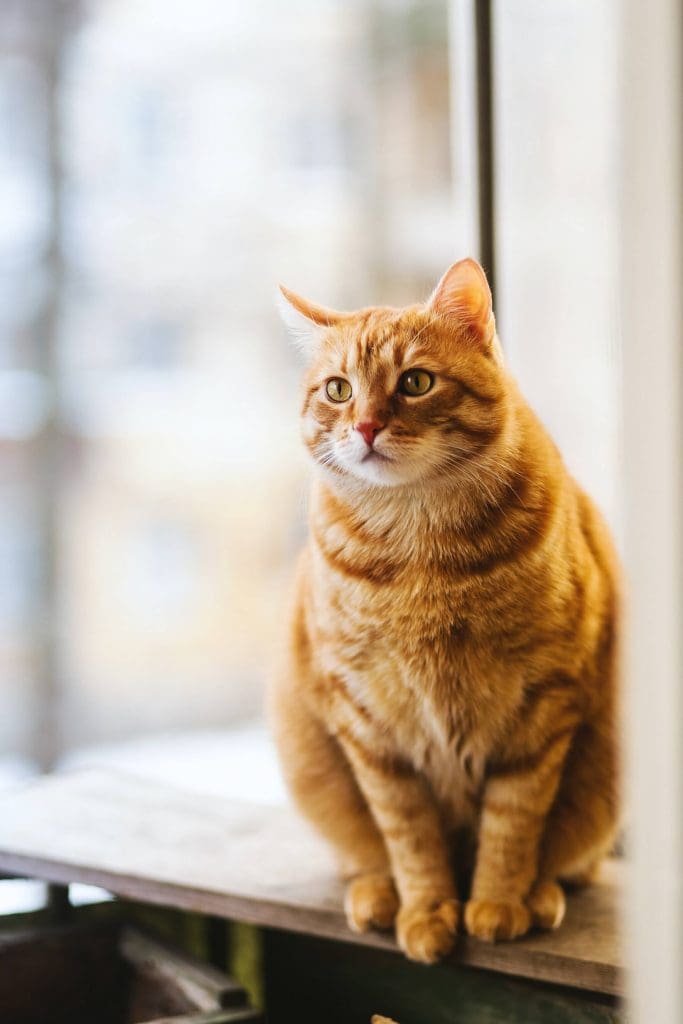Veterinarians estimate that around 2% of domestic cats will develop feline diabetes in their lifetimes. Though that may seem relatively rare, certain factors and pre-existing health conditions can greatly increase your pet’s risk.
Whether you want to take steps to prevent diabetes as your kitty ages or you are learning to safely manage this condition, knowledge is power! Here’s what pet parents need to know about promoting healthy blood glucose in cats.
 What is feline diabetes?
What is feline diabetes?Diabetes mellitus is a disease of the pancreas that prevents the body from properly producing or responding to the hormone insulin. Insulin is responsible for regulating the absorption of sugar, or glucose.
Like us, our cats rely on glucose for energy. Diabetic kitties aren’t able to break down and use glucose effectively, so their bodies will resort to burning fat and protein instead. If left untreated, the stress that this places on your cat’s body can lead to weakness, nerve damage, and even death.
Because diabetes prevents cats from processing glucose, their bodies have no choice but to seek out other sources of energy and eliminate sugars in other ways. Pet parents should watch out for:
Unlike Type I diabetes, which is present from birth, Type II diabetes develops over time. Particular health conditions and genetic factors can predispose kitties to diabetes, especially as they get older. Be mindful of cats who are:
The most salient risk factor for feline diabetes, however, is obesity. Overweight cats are much more likely to become insulin resistant than their svelte counterparts.
resistant than their svelte counterparts.
Interestingly as many as 90% of people with overweight kitties incorrectly believe their pet is a normal weight. When in doubt, talk to your vet about your cat’s body condition score. The importance of prevention can’t be overstated when it comes to diabetes, so don’t lose time making necessary changes to your pet’s diet and exercise regimen.
There is no cure for feline diabetes, but the prognosis is good for kitties who get proper treatment.
Your vet will examine your cat to diagnose diabetes and recommend the right course of action. Generally, the goals of treatment are to stabilize your pet’s blood glucose, reach a healthy weight, and promote a good quality of life.
Early, effective intervention can even help some cats achieve remission.
Many cats with diabetes require close monitoring of their weight and blood glucose levels. Your vet may prescribe dietary changes or routine insulin injections to help your cat regulate sugar more effectively.
Pet parents of diabetic kitties have to pay close attention to signs of low or high blood sugar, like changes in thirst and appetite, lethargy, and confusion. Dysregulated blood glucose can cause long-term damage to your cat’s nerves and organs. If your cat is behaving unusually, see your vet right away.
Our cats depend on us to follow their prescribed treatment plan. With great care and close monitoring, many kitties can manage diabetes to lead full, happy lives.